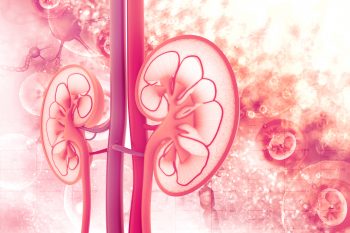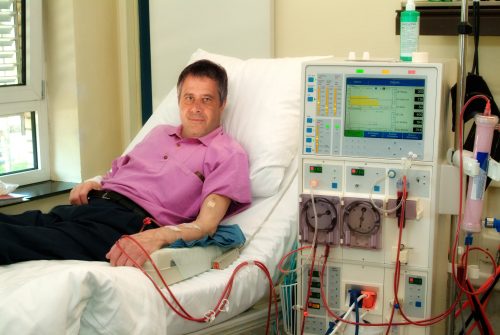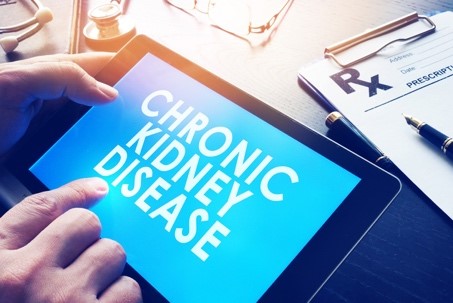
ANNA 2021 National Symposium
Various indications for sickle cell disease call for red blood cell exchange. Standard practice to determine the efficacy of the procedure without increasing blood viscosity following exchange is hemoglobin electrophoresis (HgbS) in conjunction with obtaining hematocrit (HCT) levels via complete blood count. Current policy at the New York Presbyterian Hospital-Columbia University Medical Center, New York, New York, requires obtaining pre-HgbS and complete blood counts, but does not require the same laboratory measurements to be drawn following red blood cell exchange.
In a virtual poster presentation at the 2021 ANNA National Symposium, Kyle Daniel Gault, BSN, RN, CNN, CDN, QIA (ASCP), described a Quality Improvement Project aimed at determining whether obtaining HgbS and hct levels following red blood cell exchange provides accurate measurement of predicted levels and aids clinicians in assessing the efficacy of the exchange in correlation with improvement of symptoms. The poster was titled Obtaining Hemoglobin S and Hematocrit Levels Post Red Blood Cell Exchange: Target and Actual Result.
The project involved seven patients with sickle cell disease, ≥30 years of age, both men and women, who required chronic red blood cell exchange every 4 to 6 weeks in the outpatient apheresis unit as part of their treatment maintenance.
Over a period of 5 months, 35 red blood cell exchange procedures were performed on the included patients. Mean post HgbS levels and complete blood counts were drawn following every red blood cell exchange, and were tracked throughout the study period. All levels were within the targeted HgbS levels at <30%, in compliance with the current treatment guidelines.
In summary, the author said, “The project gave way to change our current policy and apply it to our practice. By having actual data on hand, apheresis nurses can optimize the use of red blood cell exchange and patients can return for their next appointment as directed by their referring hematologist (usually between 4 and 6 weeks). The numerical data obtained post red blood cell exchange aid clinicians in assessing the effectivity of exchange in correlation with symptom improvement experienced by the patient (Mandal et al, 2014). The practice change will also be implemented to our inpatient sickle cell population requiring acute red blood cell exchange.”
Source: Gault KD. Obtaining hemoglobin S and hematocrit levels post red blood cell exchange: Target and actual result. Abstract of a poster presented at the virtual 2021 American Nephrology Nurses Association National Symposium, May 2-5, 2021.







 © 2025 Mashup Media, LLC, a Formedics Property. All Rights Reserved.
© 2025 Mashup Media, LLC, a Formedics Property. All Rights Reserved.